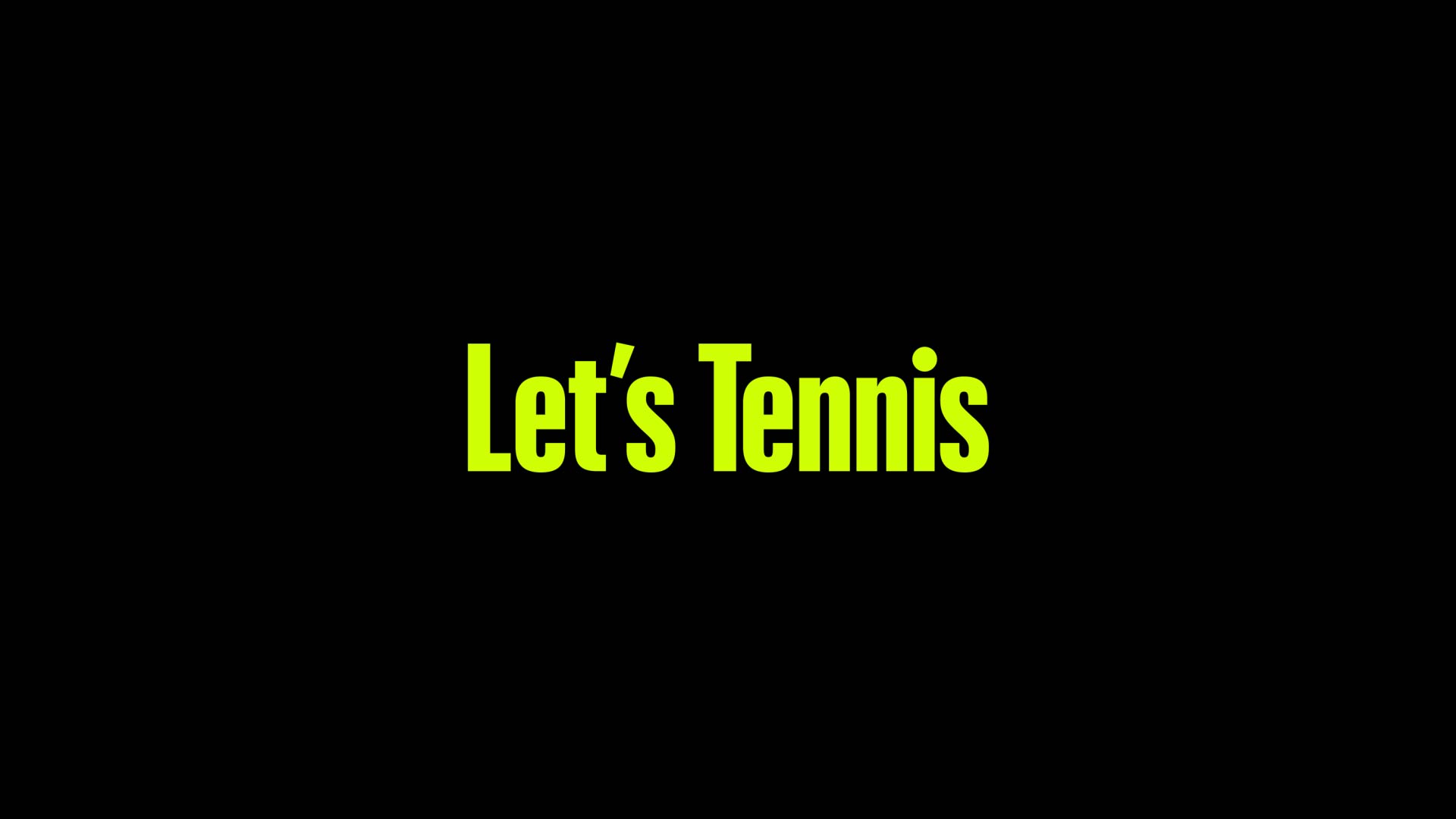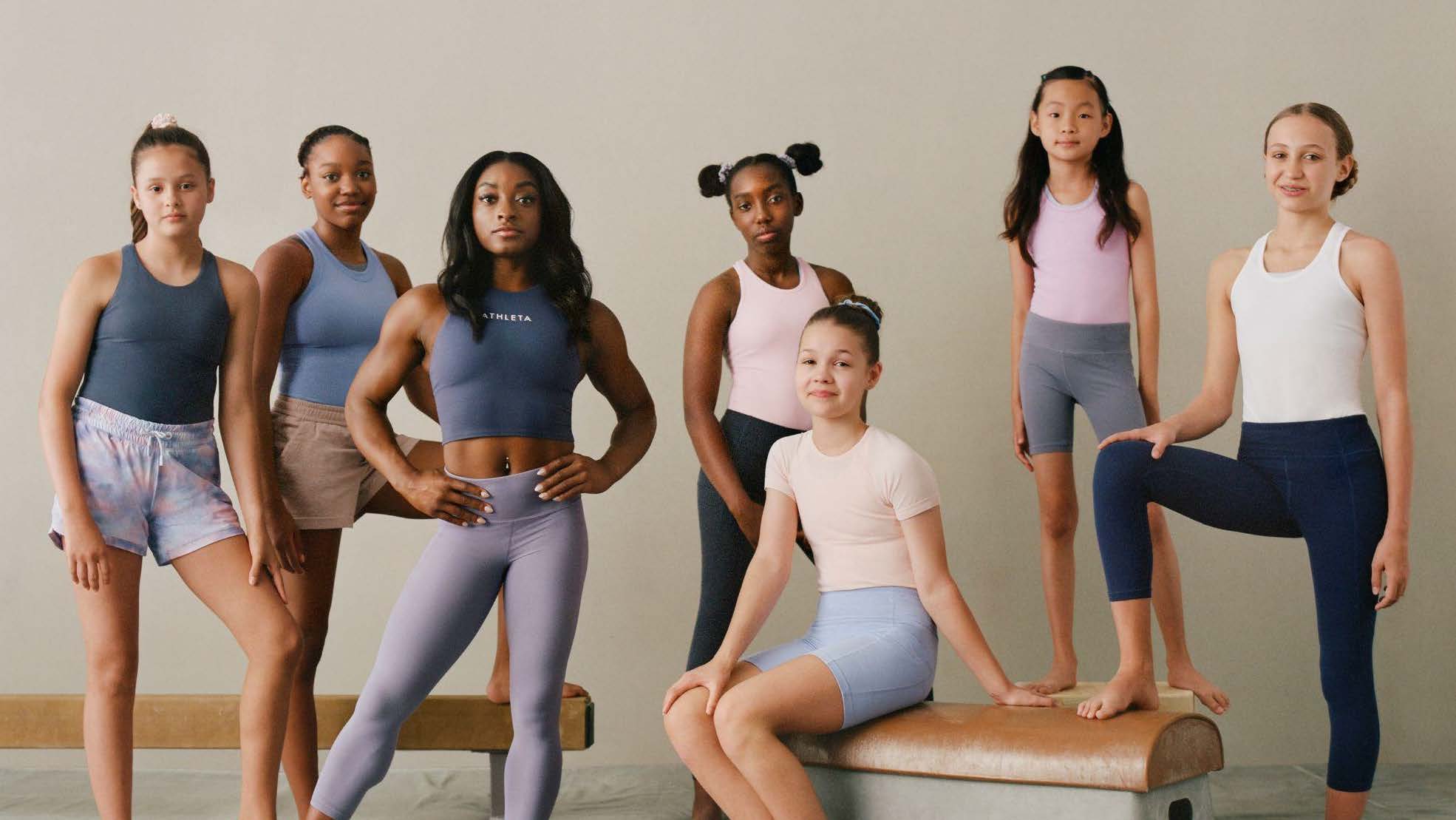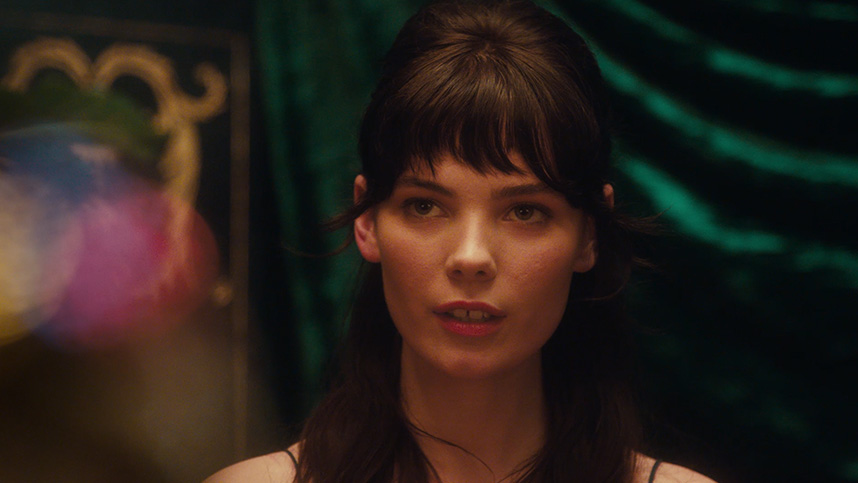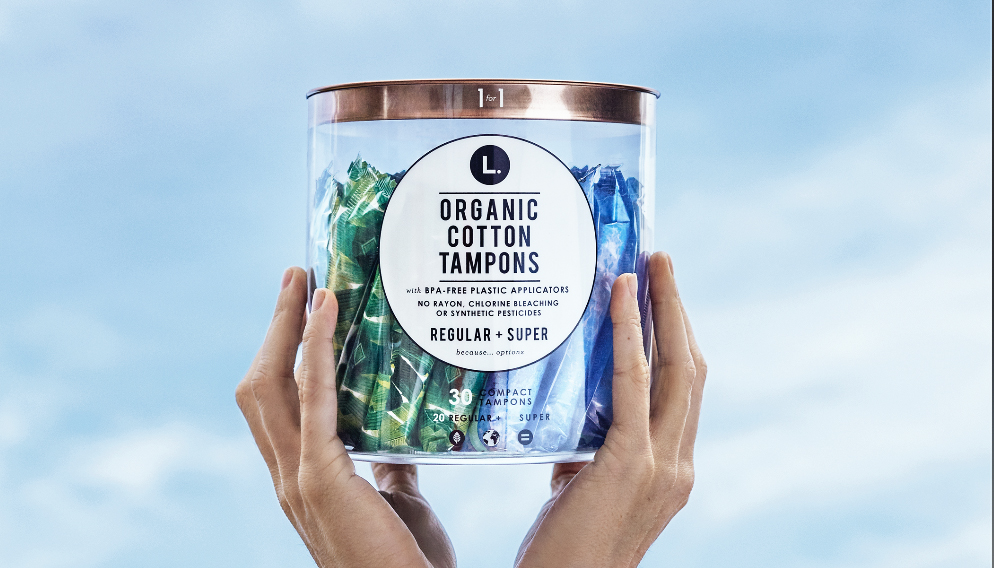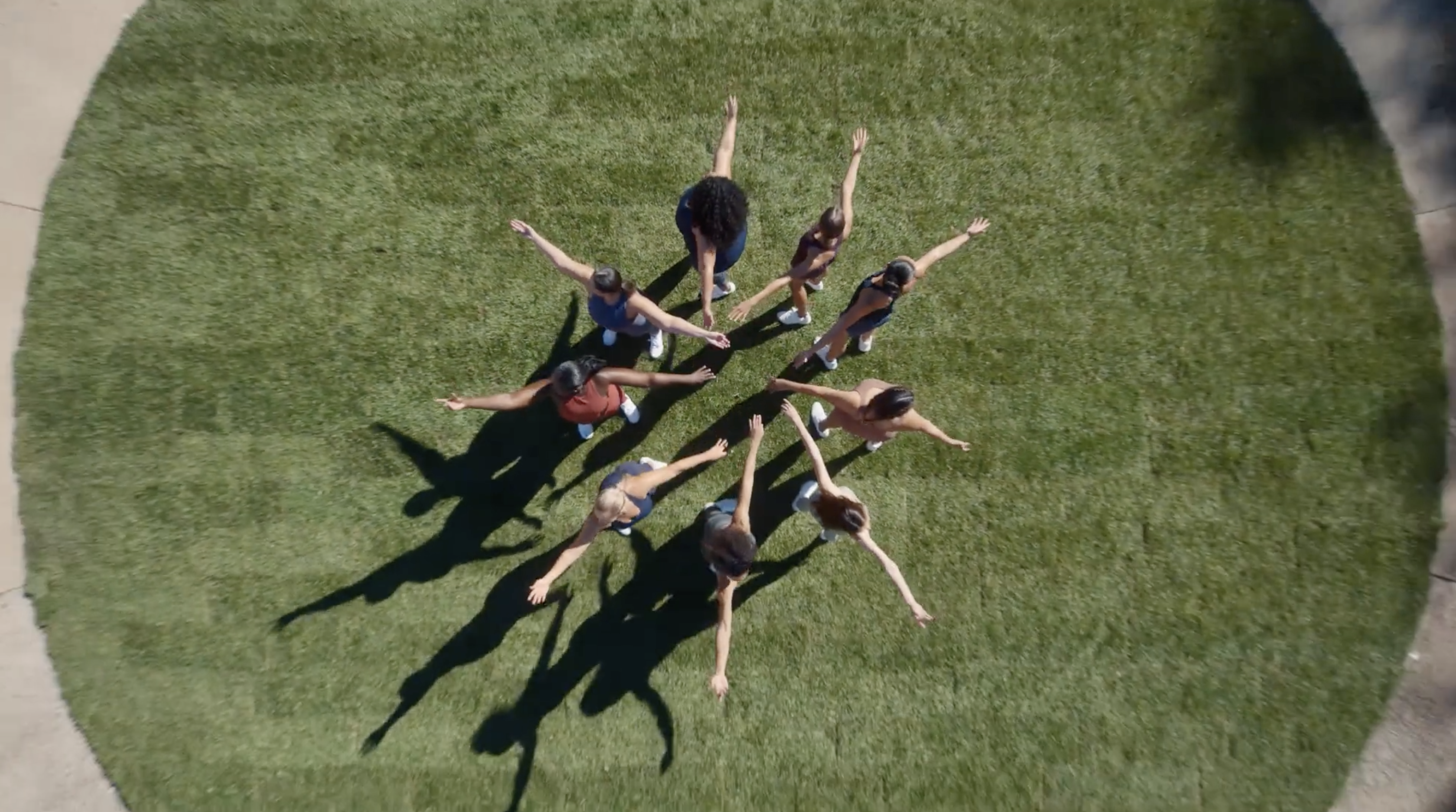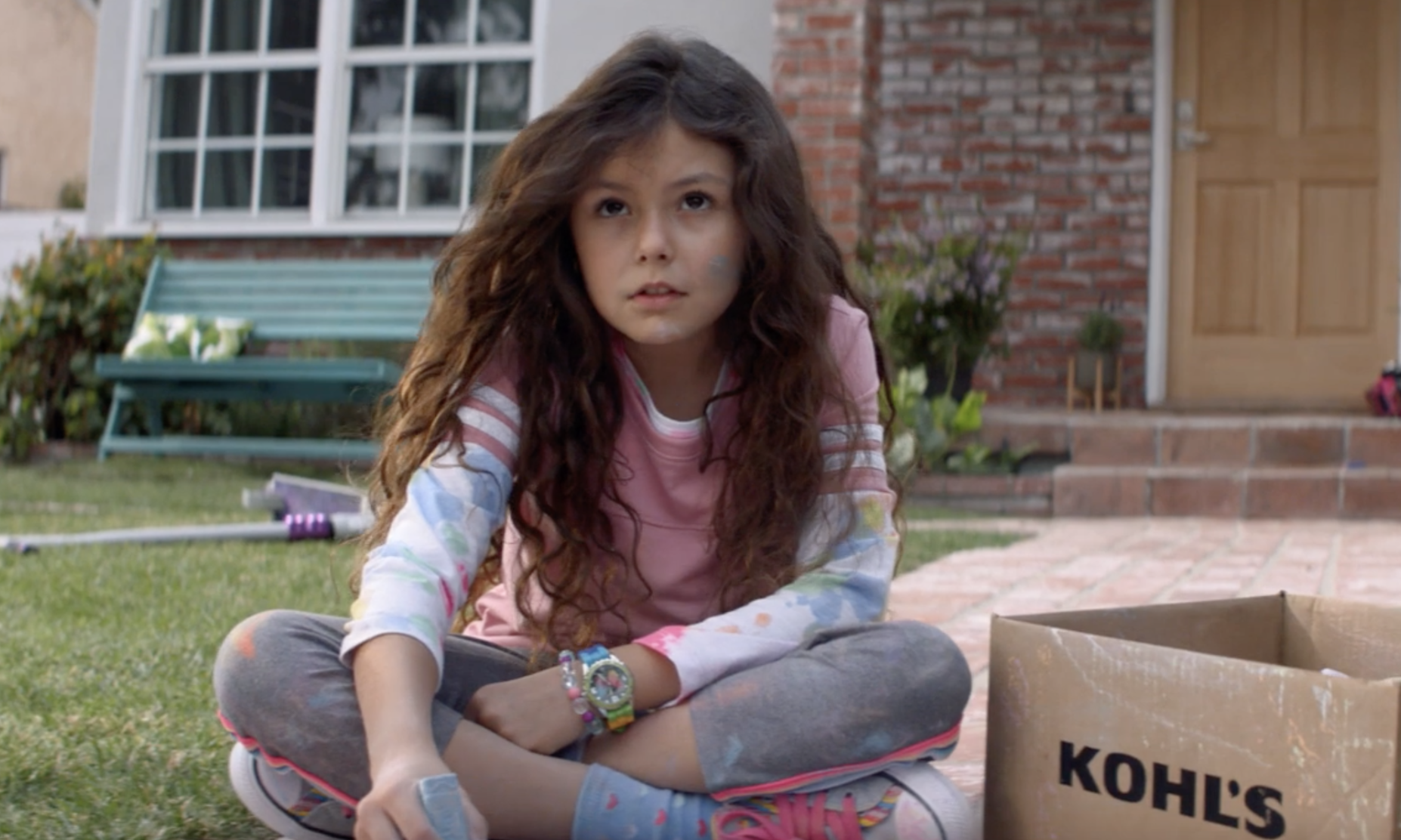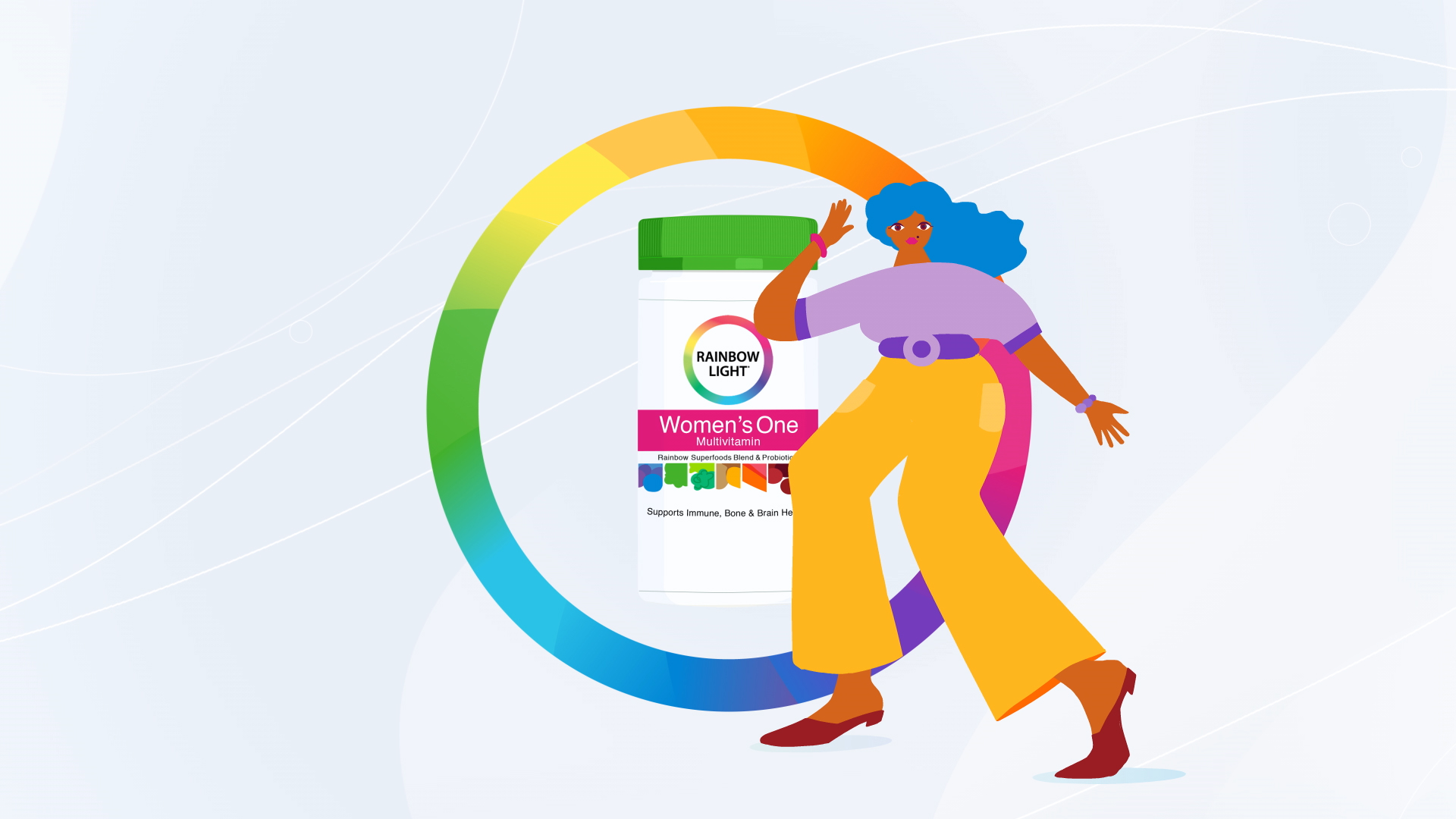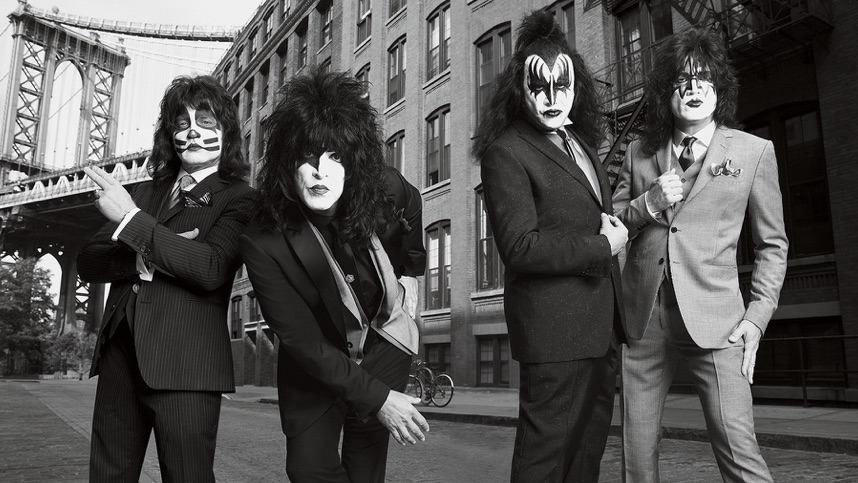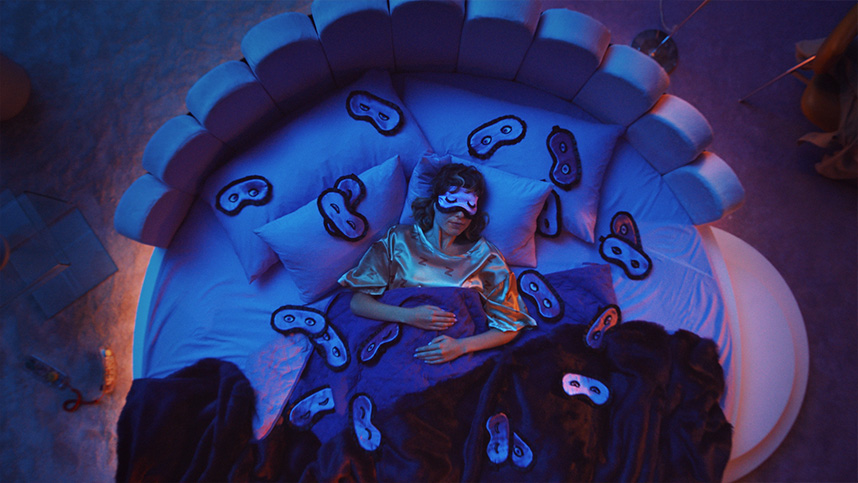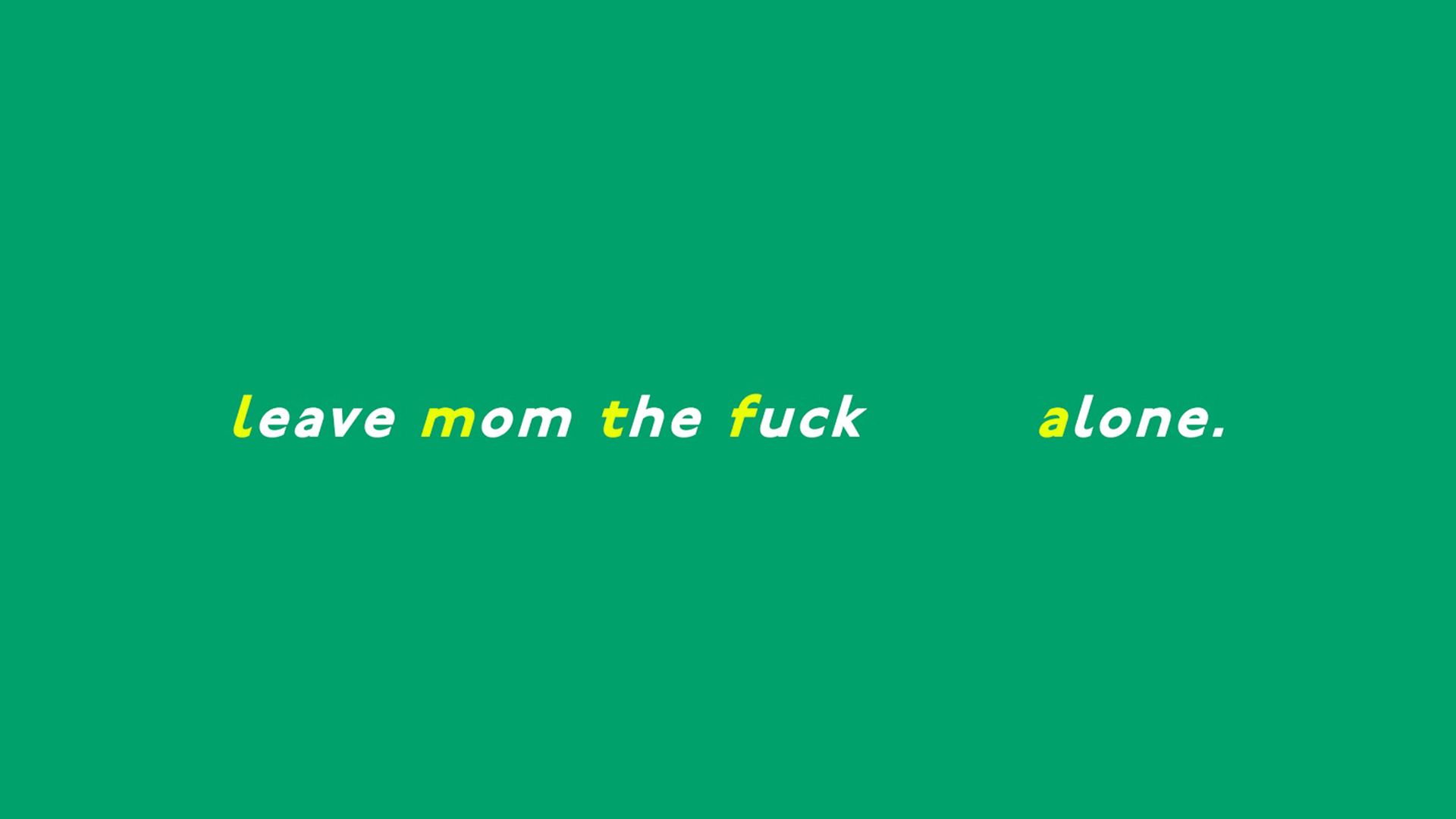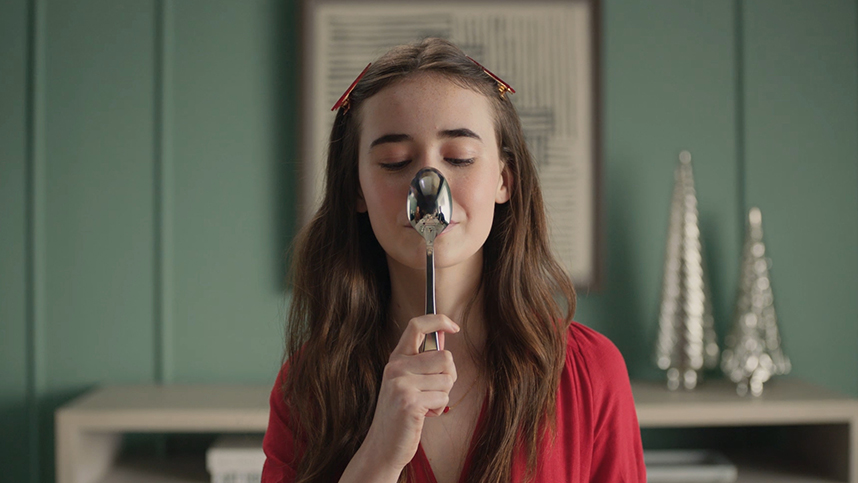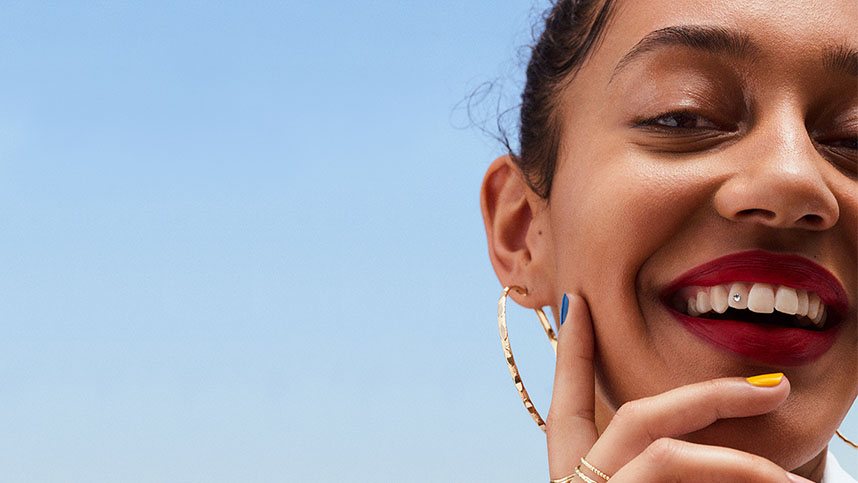As more companies become socially responsible and driven, more emphasis is placed on branding. A company’s messaging, content and delivery must all be aligned to garner the desired results. Many organizations seek assistance from advertising agencies to help with the deliverables. LinkedIn published a report stating that only 37% of Americans believe women are accurately represented in advertising. For example, say, a fashion or beauty company wanted to advertise to female consumers, but the heads of the advertising firms were male-operated. How could the advertisers make sure that the marketing campaign would resonate with women?
That’s exactly what Ruth Bernstein, co-founder and CEO of YARD NYC, an independent creative agency, questioned almost two decades ago. She and her husband, Stephen Niedzwiecki, set out to challenge the norm in the advertising world by having a woman at the firm’s helm. YARD’s portfolio includes Kohl’s, Athleta, Crate and Barrel and Gap.
“Together, we created what was YARD based on brains, beauty and bravery,” Bernstein comments. “Agencies at the time were a real boys club, very dominated by men at all levels. We wanted to create an agency with a different point of view.”
They brought a women’s perspective to the marketing campaigns, which was still a new concept. Significantly few women held executive positions at the time. To be successful, Bernstein had to strengthen her self-confidence.
“We all benefit from the women who have come before,” she smiles. “A female entrepreneur, now, when they walk into a room, they should be seeing more women at the table than I experienced at the time. The women, potentially a generation before me, were trying to play the men’s game. Something I’ve never tried to do. I’ve just tried to be the woman I am in a room. And that means to be leading with a different kind of leadership and empathetic leadership and all the female traits of a leader.”
Bernstein started her career working as a senior strategist at Tattoo in San Francisco. She then transitioned to working for Robert Redford as his brand guardian for the Sundance brand, including the channel, film festival, catalog, resort and spa. Being the client first and then transitioning to serving clients when opening the firm, she saw a real gap in the marketplace.
“I saw that there weren’t very many agency partners that had women at the helm,” she comments. “I saw that there weren’t that many agency partners that understood how to truly collaborate with that client. And I saw that there weren’t a lot of agency partners that could really marry purpose, the idea of what we basically built. … When we started YARD, we were probably ahead of the times.”
YARD was one of the first agencies to have a woman operating an advertising firm and catered to aspirational luxury categories such as beauty and fashion. Before the team would even consider an execution plan for the clients, they looked first at the brand’s purpose. However, some companies laughed Bernstein and her team out of the room for trying to get to the brand’s core before pitching an actual campaign.
The birth of digital media enforced what Bernstein had been saying all along. Brands had a specific story to tell and had to distinguish themselves from their competitors.
“In digital,” she explains, “you’re suddenly a publisher. In digital, a brand suddenly is always on and needs content and a point of view all the time. So I would say that if we started a little bit ahead of our time, the industry caught up to us.”
Still, Bernstein continues to serve as a trailblazer in the industry, having to overcome gender inequality. As a way to maintain her philosophy of brains, beauty and bravery, she practices Qigong, the practice of cultivating vital life-force through various techniques, including breathing techniques, postures, meditations and guided imagery.
“The philosophy is always about going with the flow,” she explains. “So their version of embrace the pivot would be like bamboo, which bends but doesn’t break. I’ve applied that philosophy to business as much as I can, which is that when you think something is bad news, it’s often you just don’t know yet. … I have adopted a lot which is good news, bad news, who knows. When you win something, you say, ‘Ok, well, good news, bad news, who knows. Time will tell.’ Wrong you say, ‘Good news, bad news, who knows, let’s see.’ And often, having been doing this so long, you realize that those things that you thought were the worst thing that could ever happen to an organization often precipitate the best things that can happen.”
As Bernstein transitioned within her career, she focused on the following essential steps:
- Bring all your skills and talent from one position to another. By doing so, you’ll bring a unique new perspective to the company’s culture.
- Learn as you go. Develop enough self-confidence to know that you will pick up on new skills as you pivot.
- Understand that where you start is not where you finish. You will pivot multiple times throughout your career. Having that transitional mindset will assist with the acceleration of your success.
“Through experience, you start to realize that you can be more you,” Bernstein concludes. “So that means more transparent, more vulnerable. When we talk about brains, beauty and bravery, we talk about vulnerability in bravery. It isn’t just the bombastic sort of overly confident side of bravery that sometimes comes to mind when you hear the word bravery. It’s about vulnerability; it’s about being able to share what you’re struggling with.”

